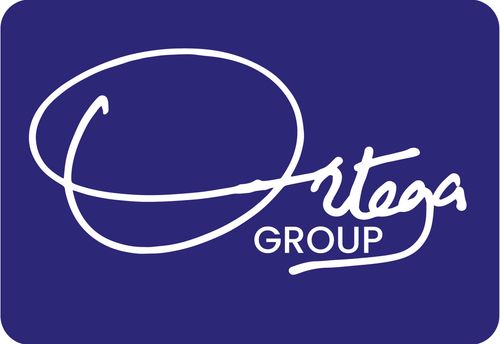We have interviewed several business leaders in Uganda. Our interviews usually rotate around the one thing they would focus on that would unlock flow in their organizations. First, we tend to notice that a few business leaders are frightened by this question. It forces a certain zen thinking, to zoom into this one thing. Business leaders are always cranking up on many big things.
However as with all constraints, there’s always the one constraint, when unlocked, it makes all the difference. It’s the equivalent of solving the root of the problem. Often in business, we tend to deal with symptoms. That’s why our solutions tend to be short-lived. You deal with a problem, get some short-term results, close off a financial year, only for the same problem to show up, probably in a new format.
Great business leaders soon realize that making the difference in their organization comes down to the ability to answer these two questions:
- The Velocity of Decision making in the organization
- The Velocity of Execution of Decisions
It’s rare to find an organization that’s optimized for both 1 and 2. Usually, you will find organizations that simply take long to make decisions. There is an organization that sought to do an office renovation. Sure enough, a team was constituted, and preliminary works started. That meant appointing an architect/designer to share the first options. Once these were shared, the Ex-co team at this organization had a meeting to review these designs. The thought process of every member was skewed in a different direction. The designer left more confused. One year later, a decision had never been taken concerning this renovation. It’s sheer proof of an organization suffering from decision fatigue, an inability to just decide which way to go.
Let’s assume they decide and sign-off the office design. How long do you think it will take them to execute this decision? We suspect it should be double the time. The longer it takes to get a decision, the longer it takes to execute the same decision. It’s rare to find speedy execution where you have sluggish decision-making. It’s rare to have two-contrasted worlds.
Thus, organizations need proper decision-making models to reduce decision fatigue. Jezz Bezoz talks of the one-way doors and two-way doors. He says One-way doors, are the kind of decisions that can should take time before they’re made. Because once you move in that direction, it’s almost impossible to turn around. For example, the decision for a company to invest in a new production line of a certain design. The decision, and the design stage should be debated as conclusively as possible. It’s a one-way door.
For two-way doors, organizations should move with speed at making such decisions. A decision concerning the color-scheme of a building shouldn’t take more than a week. It’s a two-way door decision. The paint can always be altered. Yet, in practice organizations tend to make two-way door decisions as though they were making one-way door decisions.
We believe at Ortega Group that the idea of Ugandan Excellence is enhanced by better judgement and decision-making skills within organizations. Organizations are differentiated by their abilities to make decisions within the constraints of their environment, of time, of money, and other resources. Leaders in organizations must be trained to become better at making decisions. There are starting points, for example the ability for organizations to be aware of the influence of bias in decision making.
Books such as Daniel Kahneman’s ‘Thinking Fast and Slow’ should be mandatory reading for all leaders in organizations that aspire for Ugandan Excellence. Organizations grow according to the quality of decision making that permeates the environment. For business leaders and managers, this is also a prompt to start tracking the quality of decisions in your organizations.
What was the last decision that was made? What were the outcomes of that decision? How long did it take to execute the decision? How well was the decision executed?

